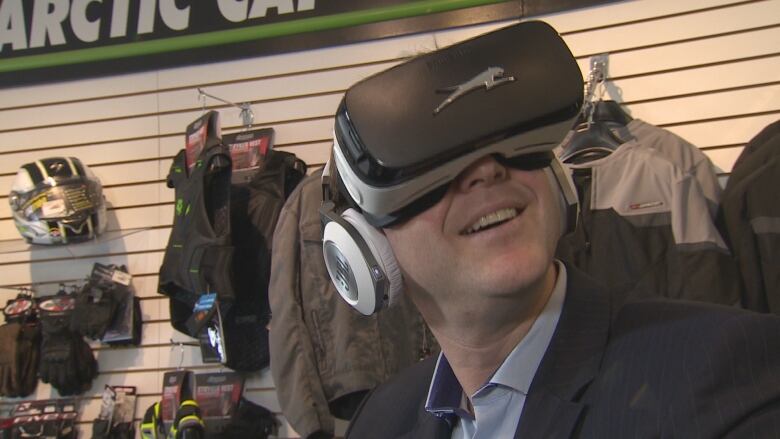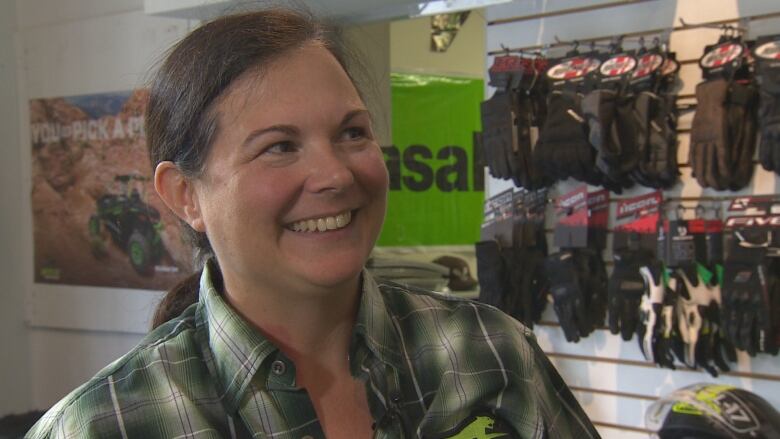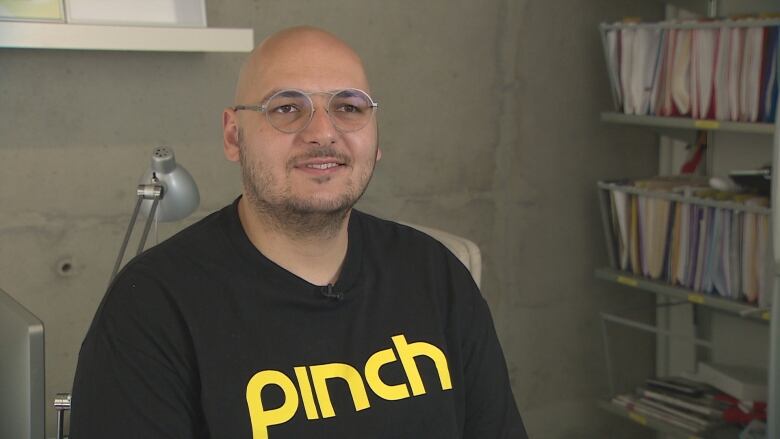VR is here and it's real: companies taking virtual reality from niche toy to must-have business tool
From automakers to newspapers, companies are betting big on immersive experiences

The driver's stomach lurches as hisATV drops off the edge of a steep sand dune.Suddenly, another ATV whips around, and he jerks the steeringwheel to avoid a collision.
He needn't have worried.
There's no collision.In fact, there's no wheel.And these arenot the sand dunes of Oregon or Utah.
It's the sleepy village of Dorchester, Ont.,and more specificallythe showroom floor of an ATV, motorcycleand snowmobile dealership called Fast Track Performance.

Fast Track is one of a growing number of dealershipswhere customers can test vehicleswithout even stepping outside, using virtual reality.
With the addition of some headphones and a video, potential buyers cango for a ride in the sand with professional driver Tony Stewart.
"Virtual reality gives you that experience when you're here in the showroom [and]you can'tbe out on your toy," says Jackie Campbell, Fast Track's co-owner.
"I've had customers in here going through it and they had ridden in [real]sand dunes and ... they were flabbergasted."
Snowmobile and ATV manufacturer Arctic Cat is one of a spate of companies implementing virtual reality tools, hoping the rapidly developingtechnology will helpboostsales.
For Arctic Cat and its dealers, there are obvious advantages."This fuels people's passion. It gets them invested," says Campbell, who adds that seasonal businesses like herscan see big benefits."When our people can comein the fall, we do a big open house and they can get a snowmobile experience when there's no snow on the ground."
- Virtual reality concert streams coming this summer
- Waterloo entrepreneurs create Canada's first virtual reality gaming space
Other kinds of businesses are putting their hopes in virtual realityas well.
VR goes viral
The number of companies highlighting virtual reality as part of their business plansis up 375 per cent this year compared to last,according to Fortune Magazine.
Cadillac is planning to convert a number of dealerships to virtual showrooms, in an effort to cut costs. Online ticket sellerStubHub has added a VR component to its app, allowing customers to check out the views from a particular seat before they make their purchase. And the New York Timesis offering VR content through a dedicated app that allows users to experience what it's like to climb the outside of a skyscraperor swim through a shipwreck.
- Can virtual-reality headsets pose addiction risks for gamers?
- Virtual reality may not be ready for prime time just yet
VR is being used by the military and police departments for tactical training, by the NBA to enhance the sports viewing experiences, and is even being touted by some researchersas a way to relieve pain withoutdrugs.
When Apple hired a top VR expert in January, it signalled the entrance of another majorplayer into an already crowded market.Samsung, Google, Facebookand Microsoft all have their own versions of VR headsets.

"It's an experimental new market that everyone is trying to figure out, everyone is trying to get into," says MilanBaic, founder of Toronto tech startupPinchVR.
Baic's firm has produced a printable, disposable VR headset that works withsmartphones, much like Google's Cardboard.The headset allows consumers to browse through items in an immersive environment, giving them the chance to see what a room would look like, say, with a certain piece of furniture.

"When you allow that idea of recreating digital spaces or immersive spaces, you can essentially showcase your product in a much broader capacity," says Baic.
An evolving technology
Combining a VR device with smartphone means just about anyone could eventually have access to the technology at a much lowercost.
VR still has some serious hurdles to overcomenot the least of which is the awkwardnessof wearing a large headset strapped to your face in public. Butjust as computers went from filling large rooms to fitting in our palms, VR interfaces will also get smaller and less obtrusive over time,becomingembedded in glasses or othersubtle wearable devices.
When that happens, there will be already be plenty of content for consumers to choose from.













_(720p).jpg)


 OFFICIAL HD MUSIC VIDEO.jpg)
.jpg)



























































































